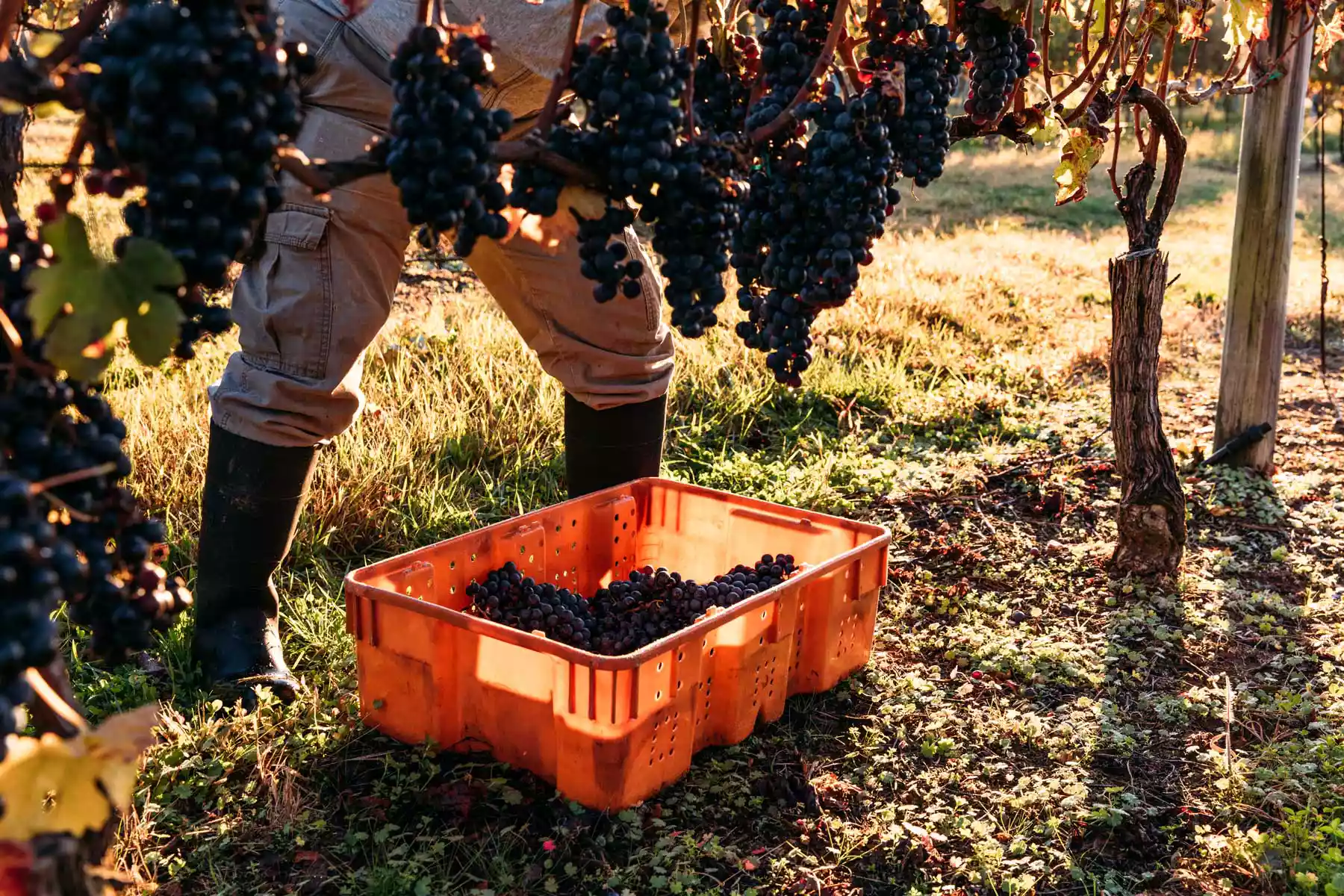Summary
Exploring Long Island’s North Fork
This part of Long Island was always a sleepy place — worlds away from the big-money scene of the nearby Hamptons. However, these days, more city dwellers are making the trek, drawn by the peninsula’s rolling coastline, rambling vineyards, and hyper-local gastronomy.
Long Island — the snake-tongue sliver that juts out from the bottom of New York — is, as they say, a land of contrasts. On the western end, densely populated boroughs of Brooklyn and Queens contrast tightly packed city blocks with sprawling suburban lawns. Gradually, everything thins out until you reach land’s end: two spindly peninsulas separated by the five miles of Peconic Bay. The famous one is the so-called South Fork, home to the Hamptons. The other one, known as the North Fork, has long been wilder and more isolated.
Historically, the North Fork has attracted individuals who lived off the land and sea, including indigenous Corchaug, seafaring English colonizers, whalers, clammers, and itinerant farmers. A two-and-a-half-hour drive from Manhattan, this area was not entirely undiscovered by vacationers as New York City began to expand outward. However, it remained relatively untouched by gentrification.
In recent years, boutique hotels, craft cocktails, and transplants from the city have brought increased attention to the North Fork. Nevertheless, a strong connection to the land and sea remains, and locals aim to preserve this spirit.

Friday
I woke with the sun at Sound View, just outside the town of Greenport. Built in 1935, this quintessential seaside motel features sun-bleached wooden buildings stilted over the water along a private beach. It has also evolved into a gathering place for North Fork residents who stop by year-round for Long Island wines and creative cocktails.
I migrated to the lounge for my continental breakfast, enjoying chia-seed pudding, house-made cereal bars, and La Colombe coffee. The beautiful view of the Long Island Sound made me think of how so many people in the city would love to live here.

One way locals maintain their connection to the North Fork is through terroir. With my friend Ben in tow, I ventured out for a tour of Bedell Cellars, a 40-year-old vineyard and winery in nearby Cutchogue. Winemaker Richard Olsen-Harbich shared valuable insights, explaining that this growing region, one of the youngest in the U.S., has evolved to better reflect its unique terroir. Vintners are now focusing on grapes like Sauvignon Blanc and Cabernet Franc, enhancing the area’s wine reputation.
Ben and I returned to the Sound View, each with a few more bottles of Blanc de Blancs than we had intended to buy, just in time for our dinner reservation at The Halyard. Like the rest of the hotel, the restaurant rests on stilts over the shore, with a dark wood-paneled dining room that evokes the style of an ancient whaling ship.
We ordered crudo of meaty fluke, fresh from the Southold Fish Market and layered with green apples, alongside a salad of lettuces and crunchy radishes sourced from nearby KK’s the Farm. The wine list focused on local selections, and I enjoyed a 2018 white Merlot from Bridge Lane.

Saturday
The sea remained on our minds as we headed a couple of miles east to the East End Seaport Museum, housed in an old train depot. Our guide, Althea Burns, shared fascinating insights into the local maritime history as we explored exhibits filled with rustic harpoons and heirlooms from the Floyd shipping family. Notably, the museum offers lighthouse boat tours from May through October.
For lunch, we walked to Claudio’s, a longtime seafood institution in Greenport known for its Montauk calamari and lobster. Stephen Loffredo, who co-manages the restaurant, spoke about its deep ties to local fishing and its colorful past involving bootleggers who used to deliver liquor through a trapdoor in the bar.
Local Distilleries and Culinary Delights
Adjacent to Claudio’s is the legal operation of Matchbook Distilling Co., where Ben and I met co-founder Leslie Merinoff. She emphasized the importance of integrating with local resources, explaining how she sourced ingredients from small farmers to craft unique spirits.
Later, we ventured west to dine at North Fork Table & Inn, celebrated for its commitment to North Fork cuisine. Under the guidance of chef John Fraser, the menu reflects seasonal inspiration, and we enjoyed a sumptuous local Pinot Noir paired with Parisian gnocchi.

Sunday
On our way back to the city, we stopped for one last taste at Mattituck’s Macari Vineyards, known for its innovative biodynamic approach and distinctive red blends. I savored the 2010 Bergen Road, a fine representation of the North Fork’s winemaking potential.
The experience at Macari reminded me of the beauty of the region, with vineyard views against an autumn sky, leaving a lasting impression as we concluded our journey.





